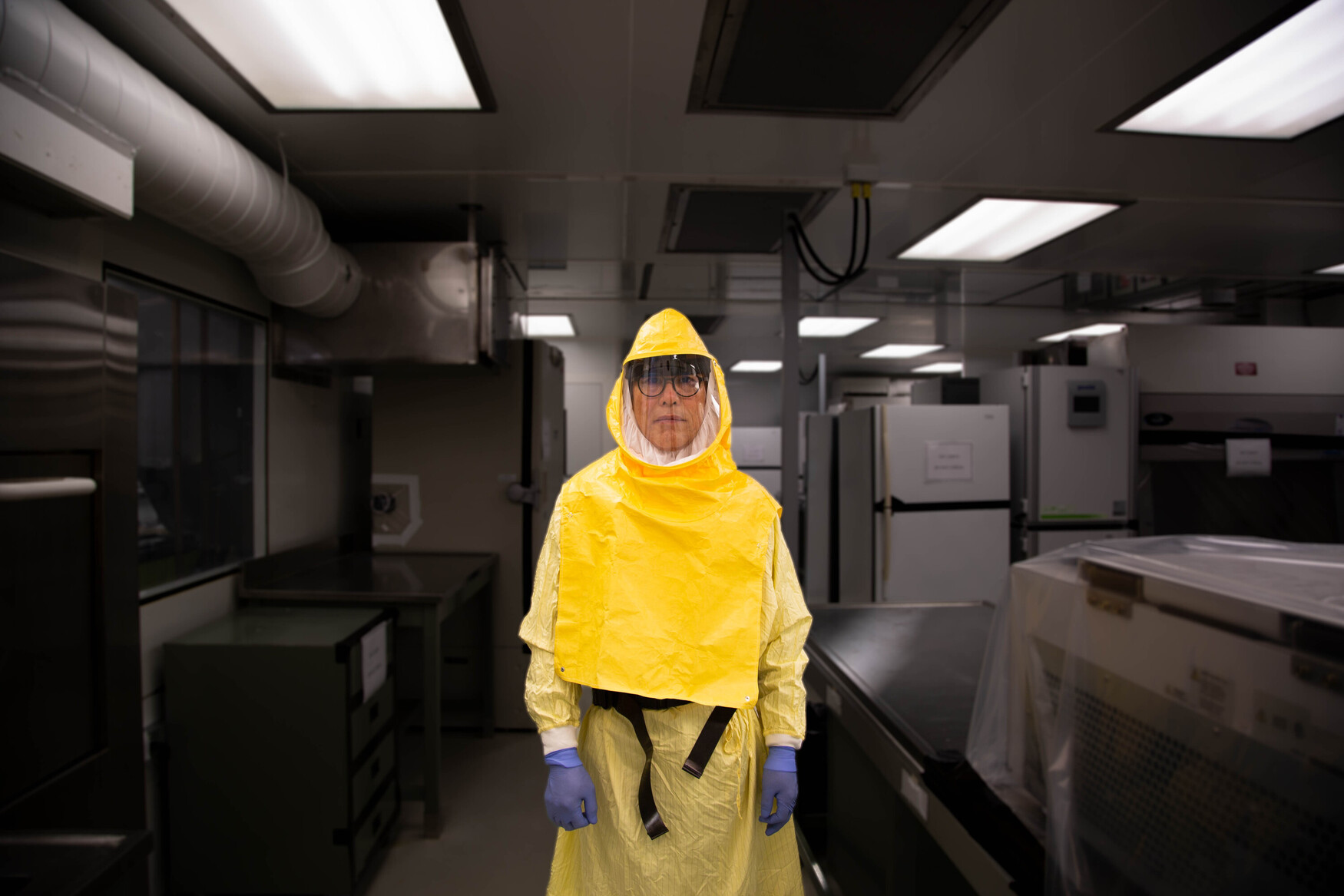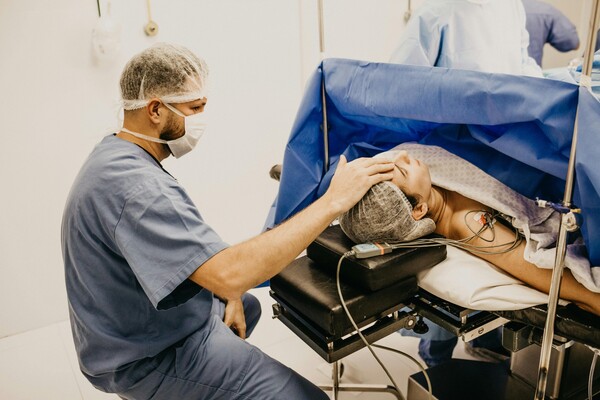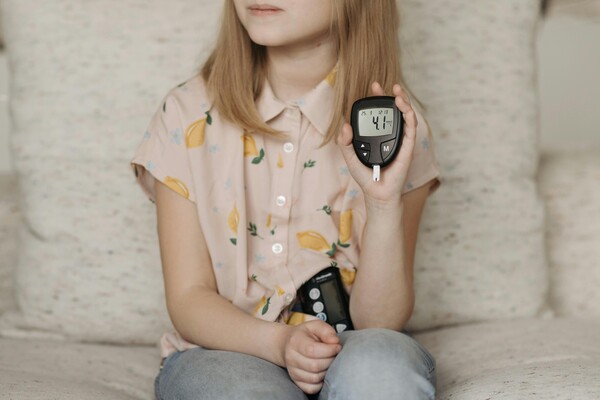Main Second Level Navigation
Sep 29, 2023
U of T researchers unveil new preclinical insights into why males are more likely to have severe COVID-19
Research

Credit: Julia Soudat
Haibo Zhang led new research done in the Toronto High Containment Facility that uncovered why males are more likely to experience worse outcomes from COVID-19


